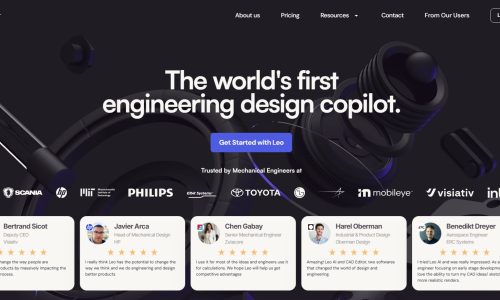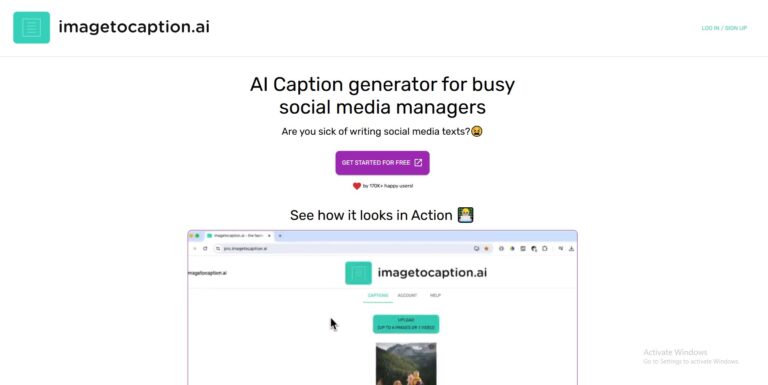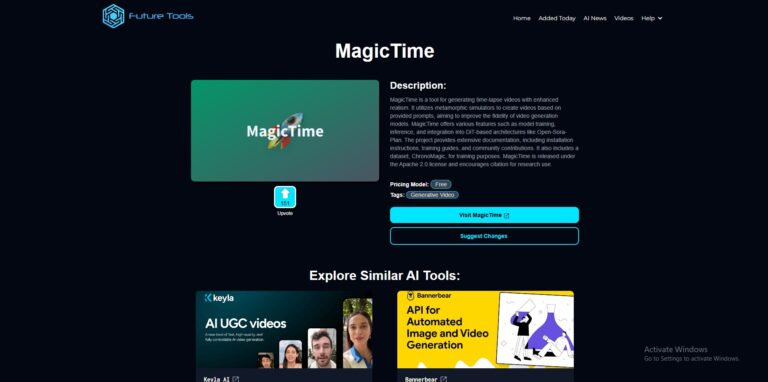New artificial intelligence tools have emerged to modernise industrial operations where Leo AI represents a leading AI application for engineering design. Created exclusively for mechanical engineers and product developers and technical designers Leo AI functions as a potent AI generative copilot which links to top CAD software applications to improve design procedure speed along with creativity while delivering enhanced accuracy.
This piece investigates Leo AI and its classification along with its crucial functions while exploring its advantageous factors and restricting aspects that lead to its widespread acceptance across current engineering processes.
What is Leo AI?
Leo AI operates as an engineering-oriented AI assistant designed especially for product and engineering design activities. Tomers from the field of engineering can benefit from this system through its utilisation of machine learning and generative AI to complete design projects in ways that match or surpass conventional methods. Leo stands apart from general AI tools since it receives training from engineering-based information and enables direct integration with SolidWorks, Fusion 360 and Onshape CAD systems.
The core functionality of Leo involves offering users smart assistance to convert text alongside sketches or questions into 3D model designs and technical responses and engineering suggestions that boost product development speed significantly.
Category of Leo AI
Leo AI belongs to multiple connecting domains which intersect with each other.
1. Engineering Design Automation (EDA)
2. Generative AI for Engineering
3. AI-Powered CAD Tools
4. Product Development AI Copilots
Technical design environments benefit from artificial intelligence solutions through this system which classifies its approach into these segments.
Key Features of Leo AI
1. Text to 3D Modelling
Leo excels at turning both written language descriptions along simple hand sketches into complete 3D product models. Engineers along with designers can transform their basic concepts into 3D models automatically without building individual features manually.
2. CAD Integration
The software links perfectly to common CAD programs which lets engineers maintain their accustomed design settings. The Leo application improves your work instead of being a replacement for SolidWorks and Onshape-type programs.
3. Engineering Knowledge Assistant
Leo interacts with sophisticated engineering questions through actual standards and technical documents to provide professional responses. Serving as an intelligent technical resource Leo assists engineers by providing access to engineering standards and design-to-manufacture best practices along with material properties and torque specifications.
4. Automated Design Tasks
The Leo system handles routine engineering workloads that involve documentation handling as well as suggesting parts assembly sequences and performing design verification protocols. Automation through this platform advances both the pace and precision of operations without restricting engineering staff from concentrating on new concepts.
5. Access to Engineering Libraries
Through its database the platform enables engineers to obtain component libraries and templates and reference designs that allow quick reapplication and modification of proven solutions.
Advantages of Leo AI
1. Faster Product Development
The instant answers Leo generates combined with its automated modelling tools decrease the duration needed to transform ideas into prototypes.
2. Enhanced Creativity
Through quick testing of more design ideas engineers become free to innovate without limitations imposed by manual CAD procedures.
3. Reduced Human Error
Leo uses his modelling and measurement skills alongside his calculation abilities to prevent development obstructing mistakes during the creation phase.
4. Time Savings
The engineering data drafting process along with documentation and reference tasks that Leo manages ultimately results in better team operational efficiency.
5. Collaboration and Learning
The embedded mentoring system of Leo delivers instant guidance and standard procedures to students and entry-level engineers which fosters their learning at the same time it functions as an automated educational resource within the software.
Limitations of Leo AI
The impressive capabilities of Leo AI should be evaluated within the boundaries which emerge from new-generation artificial intelligence technology.
1. Still Requires Human Oversight
The speed-up potential from Leo does not eliminate the requirement for accomplished engineers to oversee and confirm design assessment choices.
2. Data Privacy and IP Concerns
Teams operating on proprietary products must verify that Leo meets all internal security requirements for data management and cloud services.
3. Not a Replacement for CAD Skills
Users benefit from Leo AI during CAD operations yet must maintain skills in engineering methods while learning CAD software functions.
4. Limited to Design Scope
Leo concentrates his work efforts on the design input stage. The existing capabilities of Leo AI exclude complete manufacturing simulations and physical testing from its operational range.
Who Should Use Leo AI?
Leo AI is ideal for:
1. Mechanical Engineers – For faster modeling, design validation, and technical guidance
2. Product designers precisely need Leo AI to rapidly design products which they can test through iterations smoothly.
3. Engineers in training experience AI mentoring functions which improve their educational development while boosting their self-assurance in their work.
4. The R&D teams employ Leo AI to improve development speed and discover fresh concepts.
5. Manufacturing Startups should use Leo AI to manage their product development cycle when they lack adequate design teams.
Final Thoughts
Engineers now witness a new dawn of automated engineering design through Leo AI. Engineers using Leo gain enhanced productivity in their CAD workflows because it enables them to create better designs by working more efficiently and faster while minimising errors and discovering new creative methods.
AI tools like Leo are seeking advancement by bringing engineering into a more efficient and collaborative and accessible stage. Leo AI presents designers with an advanced solution that connects innovative outputs to productivity gains in contemporary competitive markets.




